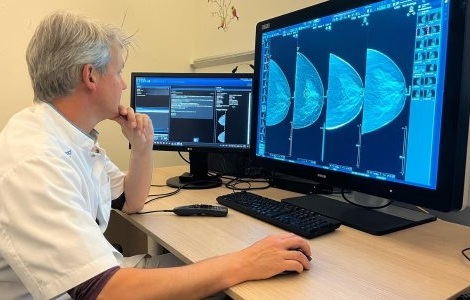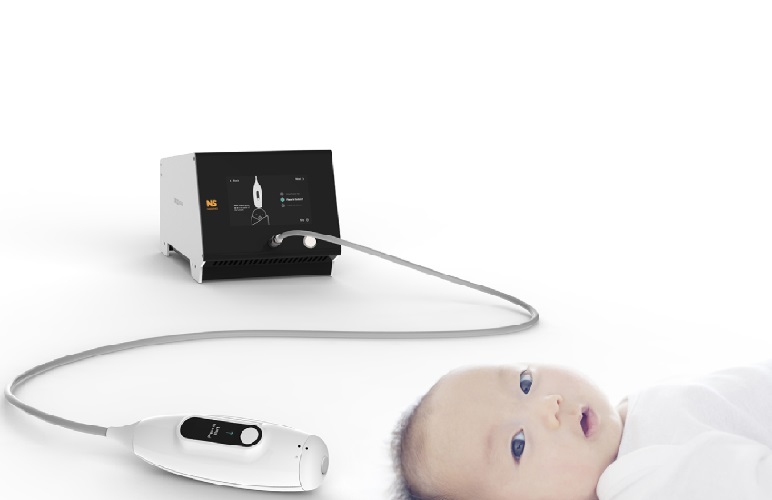MRI and Automated Surface Mesh Modeling Analysis Reveal Changes in Brain Anatomy in Women with Multiple Sclerosis and Depression
|
By MedImaging International staff writers Posted on 13 Feb 2014 |
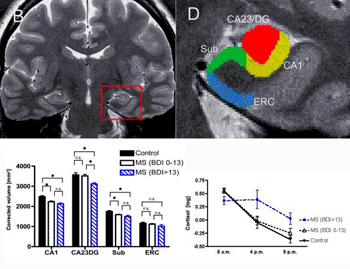
Image: MS Atrophy. Brain images showing location of hippocampus and its sub-regions in the brain. Bar graph shows atrophy within these specific hippocampal subregions. Black bars represent the control group; white bars represent people with MS who are not depressed; striped bars represent people with MS and depression (Photo courtesy of University of California - Los Angeles).
A multicenter team of US investigators are using a new, automated technique to identify shrinkage of a mood-regulating brain structure in a large study sample of women with multiple sclerosis (MS), who also have a specific type of depression.
Women with MS, in the study, and symptoms of “depressive affect,” such as depressed mood and loss of interest, were found to have reduced size of the right hippocampus. The left hippocampus remained unchanged and other types of depression, such as vegetative depression, which can bring about extreme fatigue, did not correlate with hippocampal size reduction, according to an article published in the January 2014 issue of the journal Human Brain Mapping.
This new study, led by Cedars-Sinai Medical Center (Los Angeles, CA, USA) neurologist Nancy Sicotte, MD, an expert in multiple sclerosis (MS) and cutting-edge imaging techniques, confirms earlier research suggesting that the hippocampus may be a contributor to the high frequency of depression in MS. Furthermore, it also revealed that a computer imaging technique called automated surface mesh modeling can promptly identify thickness alterations in subregions of the hippocampus. Before this, the process required a labor-intensive manual analysis of magnetic resonance imaging (MRI) images.
Dr. Sicotte, the article’s senior author, and others have earlier found evidence of tissue loss in the hippocampus, however, the changes could only be validated in manual tracings of a set of special high-resolution MRI images. The new application can use more easily obtainable MRI scans and it automates the brain mapping process. “Patients with medical disorder and in particular, those with inflammatory diseases such as MS, often suffer from depression, which can cause fatigue. But not all fatigue is caused by depression. We believe that while fatigue and depression often co-occur in patients with MS, they may be brought about by different biological mechanisms. Our studies are designed to help us better understand how MS-related depression differs from other types, improve diagnostic imaging systems to make them more widely available and efficient, and create better, more individualized treatments for our patients,” said Dr. Sicotte, director of Cedars-Sinai’s Multiple Sclerosis Program and the Neurology Residency Program.
Related Links:
Cedars-Sinai Medical Center
Women with MS, in the study, and symptoms of “depressive affect,” such as depressed mood and loss of interest, were found to have reduced size of the right hippocampus. The left hippocampus remained unchanged and other types of depression, such as vegetative depression, which can bring about extreme fatigue, did not correlate with hippocampal size reduction, according to an article published in the January 2014 issue of the journal Human Brain Mapping.
This new study, led by Cedars-Sinai Medical Center (Los Angeles, CA, USA) neurologist Nancy Sicotte, MD, an expert in multiple sclerosis (MS) and cutting-edge imaging techniques, confirms earlier research suggesting that the hippocampus may be a contributor to the high frequency of depression in MS. Furthermore, it also revealed that a computer imaging technique called automated surface mesh modeling can promptly identify thickness alterations in subregions of the hippocampus. Before this, the process required a labor-intensive manual analysis of magnetic resonance imaging (MRI) images.
Dr. Sicotte, the article’s senior author, and others have earlier found evidence of tissue loss in the hippocampus, however, the changes could only be validated in manual tracings of a set of special high-resolution MRI images. The new application can use more easily obtainable MRI scans and it automates the brain mapping process. “Patients with medical disorder and in particular, those with inflammatory diseases such as MS, often suffer from depression, which can cause fatigue. But not all fatigue is caused by depression. We believe that while fatigue and depression often co-occur in patients with MS, they may be brought about by different biological mechanisms. Our studies are designed to help us better understand how MS-related depression differs from other types, improve diagnostic imaging systems to make them more widely available and efficient, and create better, more individualized treatments for our patients,” said Dr. Sicotte, director of Cedars-Sinai’s Multiple Sclerosis Program and the Neurology Residency Program.
Related Links:
Cedars-Sinai Medical Center
Latest MRI News
- Novel Imaging Approach to Improve Treatment for Spinal Cord Injuries
- AI-Assisted Model Enhances MRI Heart Scans
- AI Model Outperforms Doctors at Identifying Patients Most At-Risk of Cardiac Arrest
- New MRI Technique Reveals Hidden Heart Issues
- Shorter MRI Exam Effectively Detects Cancer in Dense Breasts
- MRI to Replace Painful Spinal Tap for Faster MS Diagnosis
- MRI Scans Can Identify Cardiovascular Disease Ten Years in Advance
- Simple Brain Scan Diagnoses Parkinson's Disease Years Before It Becomes Untreatable
- Cutting-Edge MRI Technology to Revolutionize Diagnosis of Common Heart Problem
- New MRI Technique Reveals True Heart Age to Prevent Attacks and Strokes
- AI Tool Predicts Relapse of Pediatric Brain Cancer from Brain MRI Scans
- AI Tool Tracks Effectiveness of Multiple Sclerosis Treatments Using Brain MRI Scans
- Ultra-Powerful MRI Scans Enable Life-Changing Surgery in Treatment-Resistant Epileptic Patients
- AI-Powered MRI Technology Improves Parkinson’s Diagnoses
- Biparametric MRI Combined with AI Enhances Detection of Clinically Significant Prostate Cancer
- First-Of-Its-Kind AI-Driven Brain Imaging Platform to Better Guide Stroke Treatment Options
Channels
Radiography
view channel
X-Ray Breakthrough Captures Three Image-Contrast Types in Single Shot
Detecting early-stage cancer or subtle changes deep inside tissues has long challenged conventional X-ray systems, which rely only on how structures absorb radiation. This limitation keeps many microstructural... Read more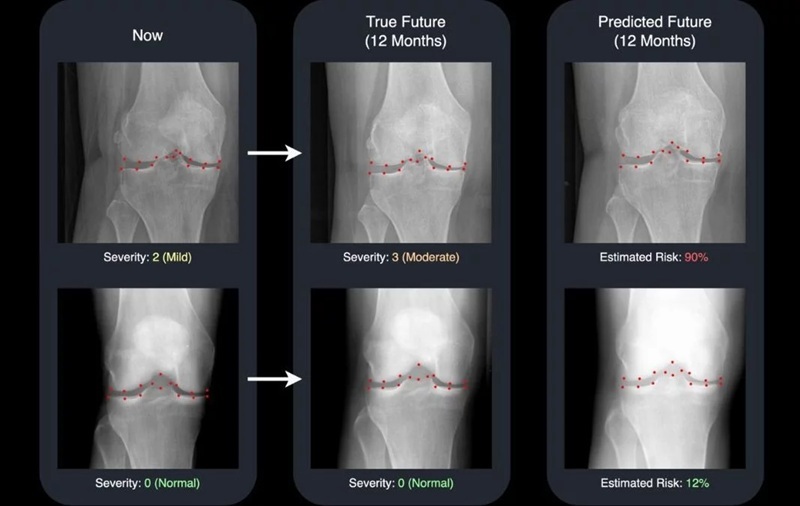
AI Generates Future Knee X-Rays to Predict Osteoarthritis Progression Risk
Osteoarthritis, a degenerative joint disease affecting over 500 million people worldwide, is the leading cause of disability among older adults. Current diagnostic tools allow doctors to assess damage... Read moreUltrasound
view channel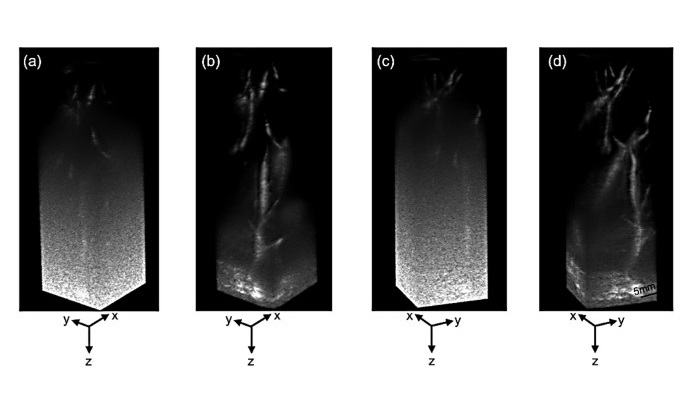
Ultrasound Technique Visualizes Deep Blood Vessels in 3D Without Contrast Agents
Producing clear 3D images of deep blood vessels has long been difficult without relying on contrast agents, CT scans, or MRI. Standard ultrasound typically provides only 2D cross-sections, limiting clinicians’... Read more
Ultrasound Probe Images Entire Organ in 4D
Disorders of blood microcirculation can have devastating effects, contributing to heart failure, kidney failure, and chronic diseases. However, existing imaging technologies cannot visualize the full network... Read moreNuclear Medicine
view channel
PET Imaging of Inflammation Predicts Recovery and Guides Therapy After Heart Attack
Acute myocardial infarction can trigger lasting heart damage, yet clinicians still lack reliable tools to identify which patients will regain function and which may develop heart failure.... Read more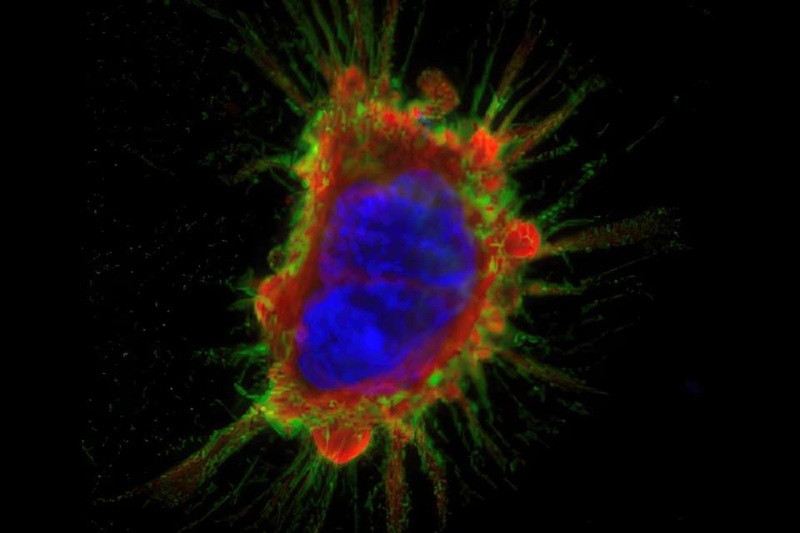
Radiotheranostic Approach Detects, Kills and Reprograms Aggressive Cancers
Aggressive cancers such as osteosarcoma and glioblastoma often resist standard therapies, thrive in hostile tumor environments, and recur despite surgery, radiation, or chemotherapy. These tumors also... Read more
New Imaging Solution Improves Survival for Patients with Recurring Prostate Cancer
Detecting recurrent prostate cancer remains one of the most difficult challenges in oncology, as standard imaging methods such as bone scans and CT scans often fail to accurately locate small or early-stage tumors.... Read moreGeneral/Advanced Imaging
view channel
3D Scanning Approach Enables Ultra-Precise Brain Surgery
Precise navigation is critical in neurosurgery, yet even small alignment errors can affect outcomes when operating deep within the brain. A new 3D surface-scanning approach now provides a radiation-free... Read more
AI Tool Improves Medical Imaging Process by 90%
Accurately labeling different regions within medical scans, a process known as medical image segmentation, is critical for diagnosis, surgery planning, and research. Traditionally, this has been a manual... Read more
New Ultrasmall, Light-Sensitive Nanoparticles Could Serve as Contrast Agents
Medical imaging technologies face ongoing challenges in capturing accurate, detailed views of internal processes, especially in conditions like cancer, where tracking disease development and treatment... Read more
AI Algorithm Accurately Predicts Pancreatic Cancer Metastasis Using Routine CT Images
In pancreatic cancer, detecting whether the disease has spread to other organs is critical for determining whether surgery is appropriate. If metastasis is present, surgery is not recommended, yet current... Read moreImaging IT
view channel
New Google Cloud Medical Imaging Suite Makes Imaging Healthcare Data More Accessible
Medical imaging is a critical tool used to diagnose patients, and there are billions of medical images scanned globally each year. Imaging data accounts for about 90% of all healthcare data1 and, until... Read more
Global AI in Medical Diagnostics Market to Be Driven by Demand for Image Recognition in Radiology
The global artificial intelligence (AI) in medical diagnostics market is expanding with early disease detection being one of its key applications and image recognition becoming a compelling consumer proposition... Read moreIndustry News
view channel
GE HealthCare and NVIDIA Collaboration to Reimagine Diagnostic Imaging
GE HealthCare (Chicago, IL, USA) has entered into a collaboration with NVIDIA (Santa Clara, CA, USA), expanding the existing relationship between the two companies to focus on pioneering innovation in... Read more
Patient-Specific 3D-Printed Phantoms Transform CT Imaging
New research has highlighted how anatomically precise, patient-specific 3D-printed phantoms are proving to be scalable, cost-effective, and efficient tools in the development of new CT scan algorithms... Read more
Siemens and Sectra Collaborate on Enhancing Radiology Workflows
Siemens Healthineers (Forchheim, Germany) and Sectra (Linköping, Sweden) have entered into a collaboration aimed at enhancing radiologists' diagnostic capabilities and, in turn, improving patient care... Read more






 Guided Devices.jpg)






